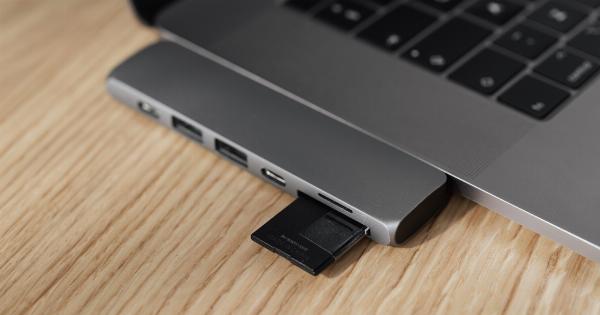The combination to a safe is a crucial piece of information that ensures access to valuable or sensitive items. Losing or forgetting this combination can lead to frustration, anxiety, and even financial loss.
In this article, we will explore why people often struggle to remember the combination to a safe and highlight some strategies to help prevent this unfortunate situation.
The Complexity of Numbers
Combination locks often rely on numeric combinations, which can be challenging for many individuals to remember. Our brains are wired to prioritize visual and verbal information, making it difficult for us to retain a sequence of numbers accurately.
Unlike names or images, remembering numbers requires conscious effort, especially when dealing with long and complex combinations.
The Curse of Forgetfulness
Forgetfulness is a common human experience. Our brains juggle an immense amount of information daily, and sometimes the combination to a safe simply slips through the cracks.
Stress, distraction, and age can also impact our ability to remember critical details. As we grow older, our memory tends to decline, making it even more challenging to recall a combination that may have been set years ago.
Lack of Regular Usage
In some cases, the combination to a safe is only required infrequently. For instance, a safe located in a summer house might only need to be opened once a year.
This lack of regular usage can lead to the combination being forgotten, as the brain does not have enough opportunities to reinforce the memory. Without repetition, the combination remains an elusive set of numbers.
Human Error during Combination Setting
One of the most common reasons why people forget the combination to a safe is human error during the initial setting process.
When choosing a combination, individuals can become confused or accidentally mix up the numbers, leading to an incorrect sequence being set. Subsequently, when attempting to open the safe, they struggle to recall the actual combination due to the wrong one being committed to memory.
Reliance on Memory Alone
Memorizing the combination to a safe solely depends on our brain’s ability to retain information.
However, given the numerous passwords, PINs, and other vital details we need to remember daily, it’s no wonder that the combination to a safe might get lost in the shuffle. Relying on memory alone leaves us vulnerable to forgetfulness, especially when confronted with various number sequences in our daily lives.
Importance of Backup Solutions
Given the potential risks associated with forgetting the combination to a safe, it becomes critical to have backup solutions in place.
These solutions can include alternative access methods, such as a key or biometric authentication, that provide a failsafe option in case the combination is forgotten. By diversifying the means of entry, individuals can avoid being locked out of their own valuables.
Physical Documentation
One effective backup solution is to create physical documentation of the combination to the safe. This can be done by writing down the combination on a piece of paper and storing it securely in a separate location.
However, it’s important to exercise caution when opting for this method, as the written combination should be kept confidential and away from the safe itself to prevent unauthorized access.
Secure Digital Storage
In today’s digital age, secure digital storage options offer a convenient way to back up the combination to a safe. This can include encrypted password managers or secure cloud storage solutions.
By storing the combination digitally, individuals can access it from anywhere while ensuring that it remains protected from unauthorized parties.
Repetition and Mnemonic Techniques
Repetition remains one of the most effective techniques for memorization. By regularly practicing and reciting the combination to a safe, individuals reinforce its recallability.
Additionally, using mnemonic techniques –such as creating an acronym or associating numbers with familiar objects or events– can enhance the memorization process even further.
Embracing Technology: Biometric Safes
Technological advancements in safe design have introduced biometric safes that rely on fingerprints, retinal scans, or voice recognition for access.
By eliminating the need for memorizing combinations, these safes provide a reliable alternative that minimizes the risk of forgetfulness. However, it’s essential to consider the potential vulnerabilities of biometric data and ensure appropriate security measures are in place.
Regular Maintenance and Updating
Keeping the combination to a safe fresh in our minds requires regular maintenance and updating. Even if a backup solution is in place, it is crucial to periodically open the safe using the combination to refresh our memory.
Additionally, changing the combination periodically can help mitigate the risks associated with forgetting the current one, ensuring that access remains readily available when needed.
Conclusion
Forgetting the combination to a safe can be a frustrating and potentially costly experience. The complexity of numbers, human error, lack of regular usage, and reliance on memory alone are all factors that contribute to this forgetfulness.
However, by implementing backup solutions, such as physical or digital documentation, embracing technology, and practicing mnemonic techniques, individuals can reduce the likelihood of being locked out of their own safes. Regular maintenance and updating also play a crucial role in ensuring that the combination remains accessible even after extended periods of non-use.
By understanding the challenges associated with remembering safe combinations, we can take proactive measures to safeguard our valuable possessions.




























